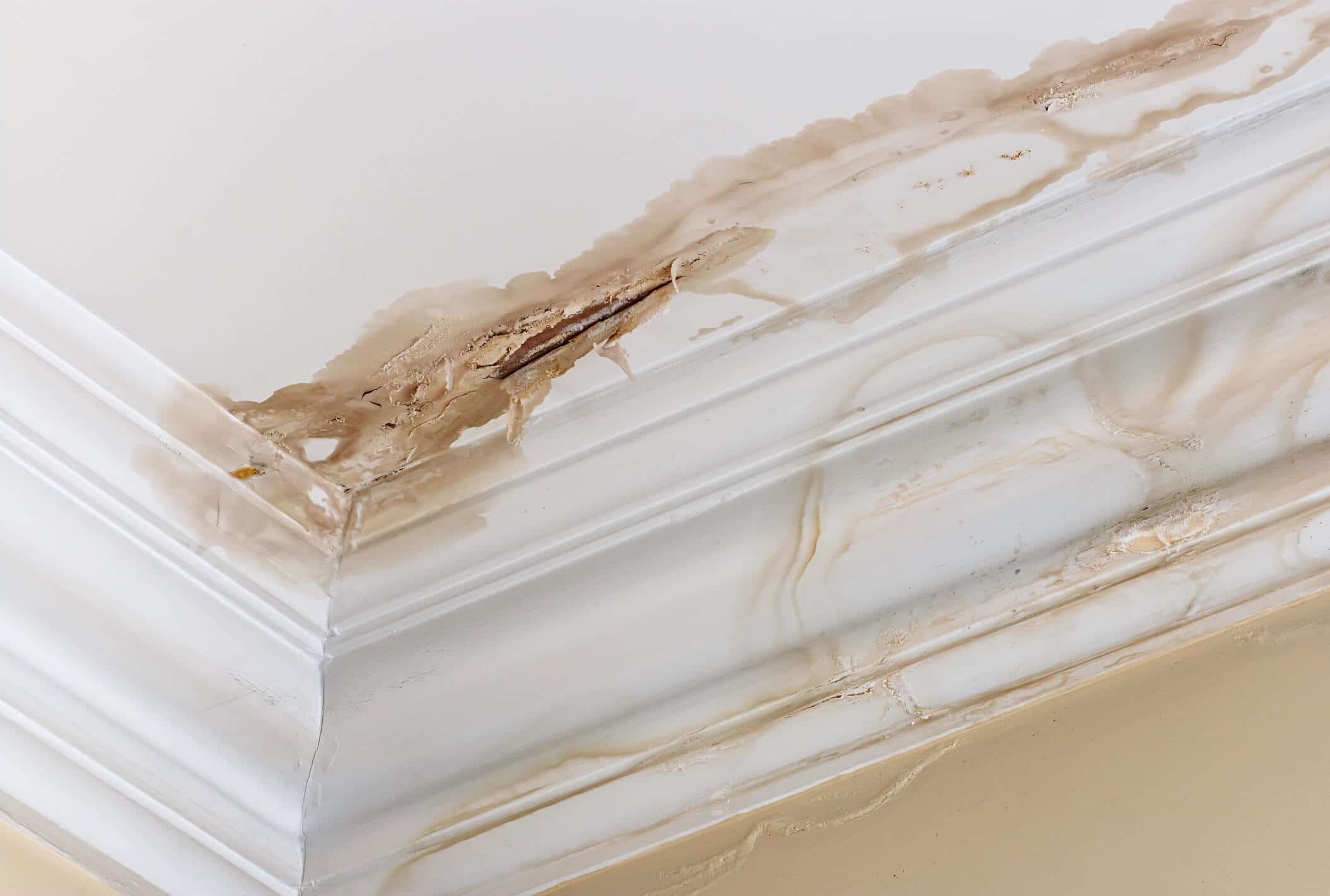No products in the cart.
Bacteria
by Public Relations // November 13
by Public Relations // November 13
Bacteria and its byproducts are often overlooked during remediation protocols, but it’s a massively important part of detoxifying a home. Leaving these contaminants in a home means adverse health reactions can and will continue.
The proof is in the research. The University of Cincinnati Academic Health Center, for example, identified that bacterial contamination in water-damaged buildings can cause health problems like infections and respiratory conditions. When combined with the potential side effects from mold and toxin exposure, it’s easy to see why bacteria should be included in home remediation!
If you’ve experienced water damage from an outside source, like a roof or waste pipe leak, it’s likely that bacteria made their way inside as well. All of that outside water comes in contact with street contamination, sewer waste, or animal fecal matter and then settles into your home. Bacteria thrive on those conditions, which means it’s also tagging along. Pretty gross!
To fully understand your problem and to make sure your remediation team can properly handle it, you first need to know what you could be facing. Below is a list of terms related to bacteria that are often present in your home after water damage.

These bacteria are classified as gram-positive because of the violet color they turn in a Gram stain test. One particular type, Actinomycetes (or Actinobacteria), is often found in homes after water leaks. They grow in a branching pattern, like twigs on a tree branch, make their way into building material.
Exposure to these toxins can cause serious side effects like allergic alveolitis and other respiratory disorders. Unfortunately, current testing is limited to identify the sources of Actinomycetes and can only test the dust for their presence in the environment. This makes remediation challenging, if not impossible until testing technology can identify the source of where the Actinobacteria emanates from. Current studies suggest actinobacteria can come from humans, the soil, water damaged building materials and PVC drain lines so it’s important to remediate water damaged building materials, clean all PVC drain lines, and continue to clean your home to reduce actinobacteria exposure. HomeCleanse can not guarantee the elimination of Actinobacteria until testing methodologies to identify the sources of exposure are developed.
The main aspect remediation teams look at for gram-negative bacteria is endotoxin presence. Endotoxins are produced by bacteria when they die and their cell disintegrates. Exposure to these toxins can lead to a range of adverse health effects.
A review by Jessica I. Lundin and Harvey Checkoway stated that:
“The human health effects of acute exposure to endotoxin include sepsis; clinical symptoms such as fever, shaking chills, and septic shock; and, at lower doses, toxic pneumonitis, lung function decrements, and respiratory symptoms, such as byssinosis (Monday morning chest tightness).”
Gram-negative and gram-positive bacteria are able to secrete exotoxins while they’re still alive. These toxins are also able to cause health side effects by destroying cells in the body or disrupting normal cellular metabolism.
Like mycotoxins, these microorganisms and their byproducts can’t be remediated in the same way that mold is. That’s why it’s important to make sure the company you choose understands bacterial presence and has a plan in place to get rid of it during their treatment protocol. Take a look at our bacteria remediation page to see our strategy for treating bacterial contamination.
Please view the Review done by Jessica I. Lundin and Harvey Checkoway called “Endotoxin and Cancer” for more information on Endotoxins.
Please also check out the full study done by the University of Cincinnati Academic Health Center here:
https://www.sciencedaily.com/releases/2012/06/120619230226.htm#:~:text=An%20environmental%20health%20research%20team,indoor%20mold%20from%20water%20damage.
Check out an Overview done by Gary Kaiser a microbiological professor on Exotoxins:
Check out an article by Rintala H “Actinobacteria in indoor environments: exposures and respiratory health effects.”
Mycotoxins are secondary metabolites produced by microfungi that are capable of causing disease and death in humans and other animals. Because of their pharmacological activity, some mycotoxins or mycotoxin derivatives have found use as antibiotics, growth promotants, and other kinds of drugs; still others have been implicated as chemical warfare agents.
A member of our team is here to help! Click on “Get Started ➤” below to book a consultation with a member of the HOMECLEANSE team. We have a few quick questions that will help us put together a roadmap to solve or prevent all of your mold problems.
Two minutes of your time could lead to better health for you and your family.